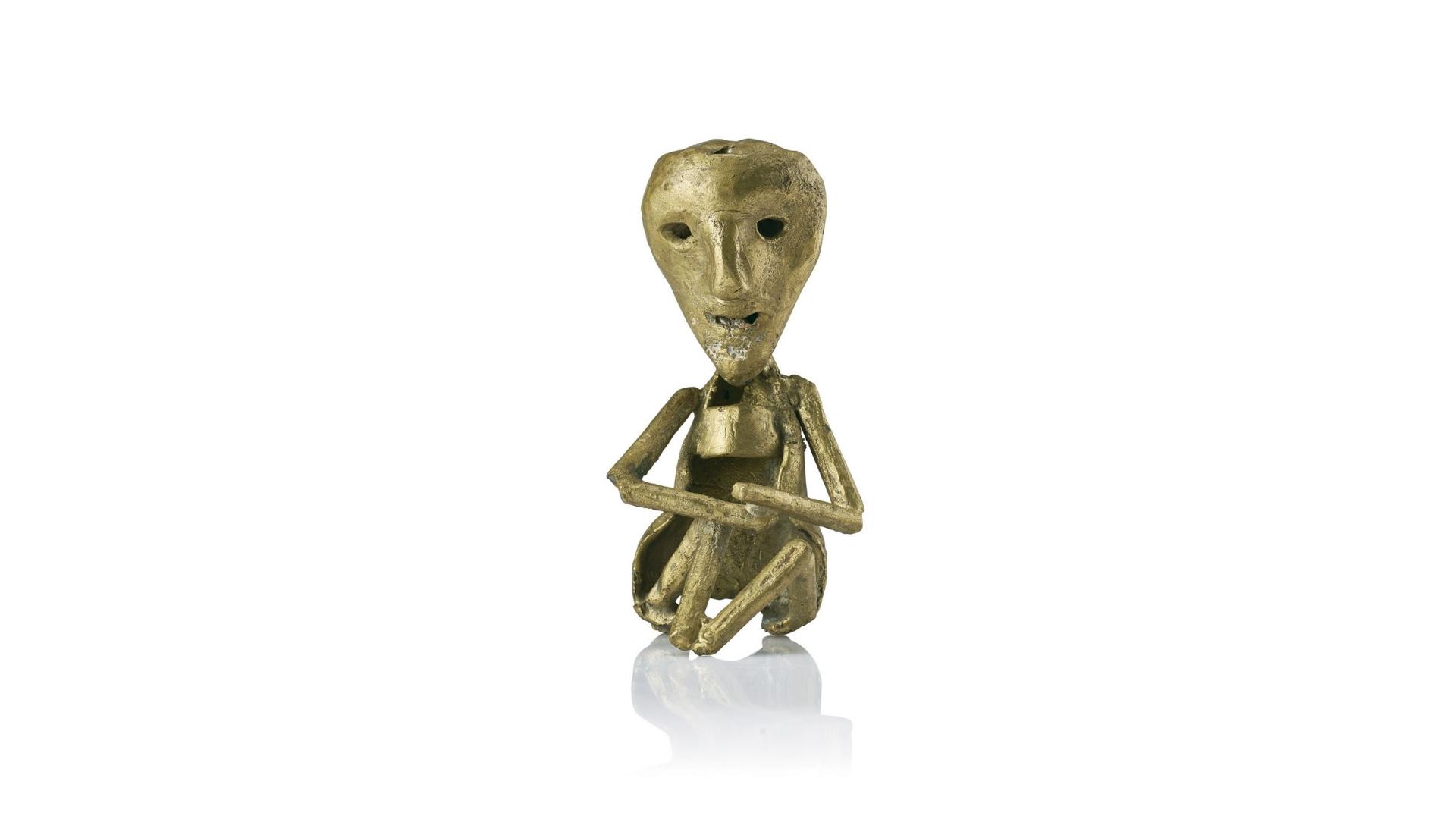The discourse of Modern Indian Art is a fascinating story of evolution that is dotted with the extraordinary journeys of revered artists. Starting their careers in the tumultuous time of the pre-independence era, they approached their practices with a sense of rebellion.
They did not want to be bound by the definition of art set by their old school predecessors and wanted to create a hybrid visual vocabulary that amalgamated the western and traditional Indian norms. Exploring their individuality of expression, these artists created a solid foundation on which Modern Indian Art would continue to thrive. April is truly a ‘Month of Masters’ of Modern Indian Art as several of India’s important modernists were born in this month. Here we explore their lives and artistic careers.
JAMINI ROY:
The contribution of Jamini Roy towards the emergence of Modern Indian Art can never be overstated. Born on April 11, 1887, he studied art under the guidance of Abanindranath Tagore. His early career flourished in painting landscapes and portraits. However, Jamini Roy grew disenchanted with western academic style and decided to turn towards a more Indian form of artistic expression. He gave up the medium of oil in favour of natural traditional pigments from vegetable and mineral sources.
The simplistic styles and traditions of the Kalighat style of painting became his muse, which he refined and popularised in the years to come. Adapting a ‘flat style,’ he portrayed the simple lives of rural and indigenous folk. With the use of bold colours like yellow, blue, green, red, and white, he brought a complete reinterpretation of Indian iconography.
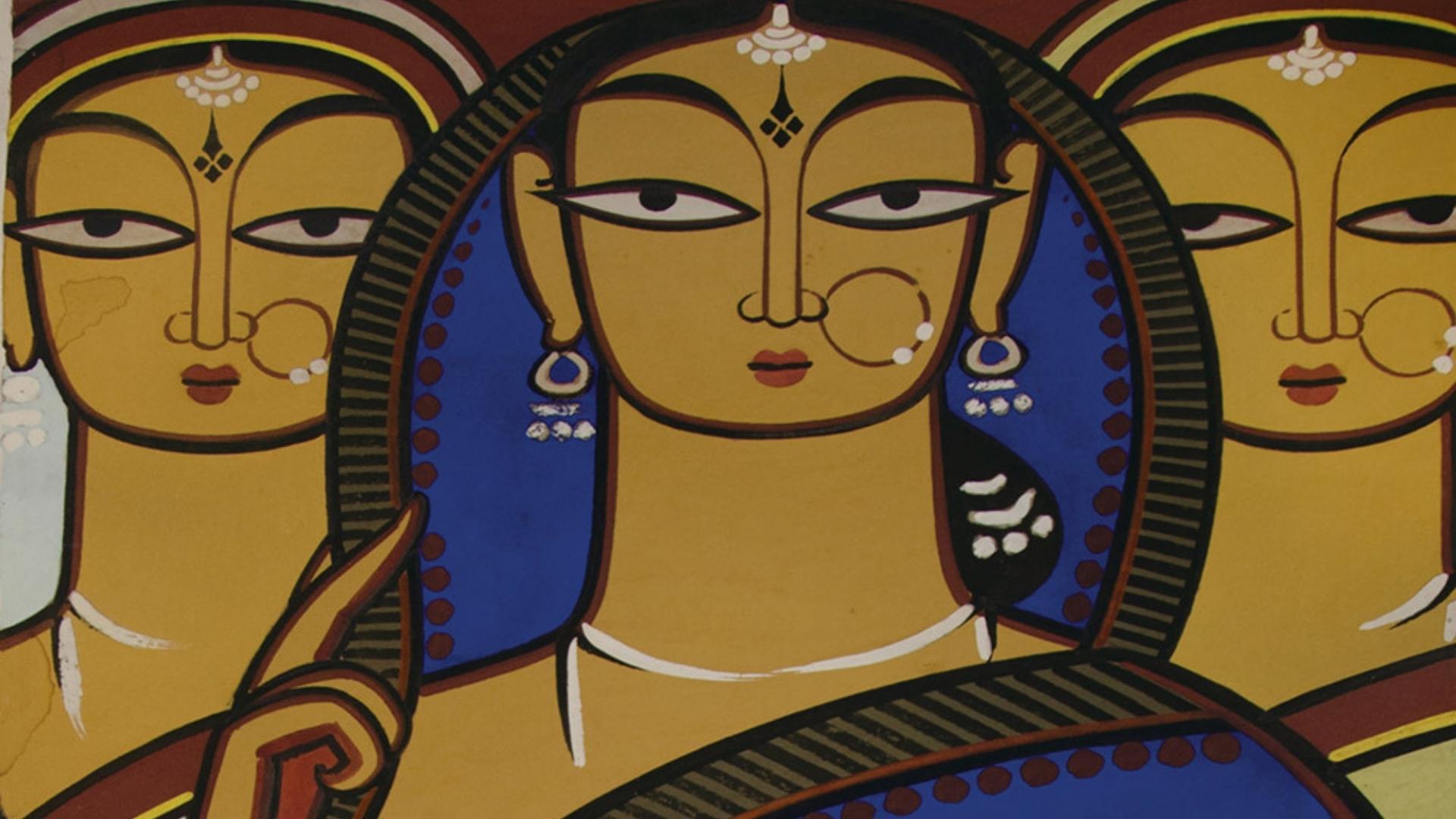
F N SOUZA:
Born on April 12, 1924, F N Souza was undoubtedly one of the most prolific and rebellious modernists of India. He was also the co-founder and an unapologetic spokesperson for the iconic Progressive Artists Group. Unwavering in his vision about Indian art, he fervently advocated for the innovation of an independent modernist style. Much like his persona, his art with unrestrained and thought-provoking imagery reflected the blatant and brutal truth. Souza drew inspiration from various sources including folk art from his native Goa and the art of the Renaissance.
He moved to London in 1949 and initially struggled to make an impact as an artist there for a few years. However, after his first one-man exhibition at Gallery One in London, he never had to look back again. A rebel throughout his life, Souza shunned the banality of societal conventions and always challenged the perceived norm of beauty with his works.
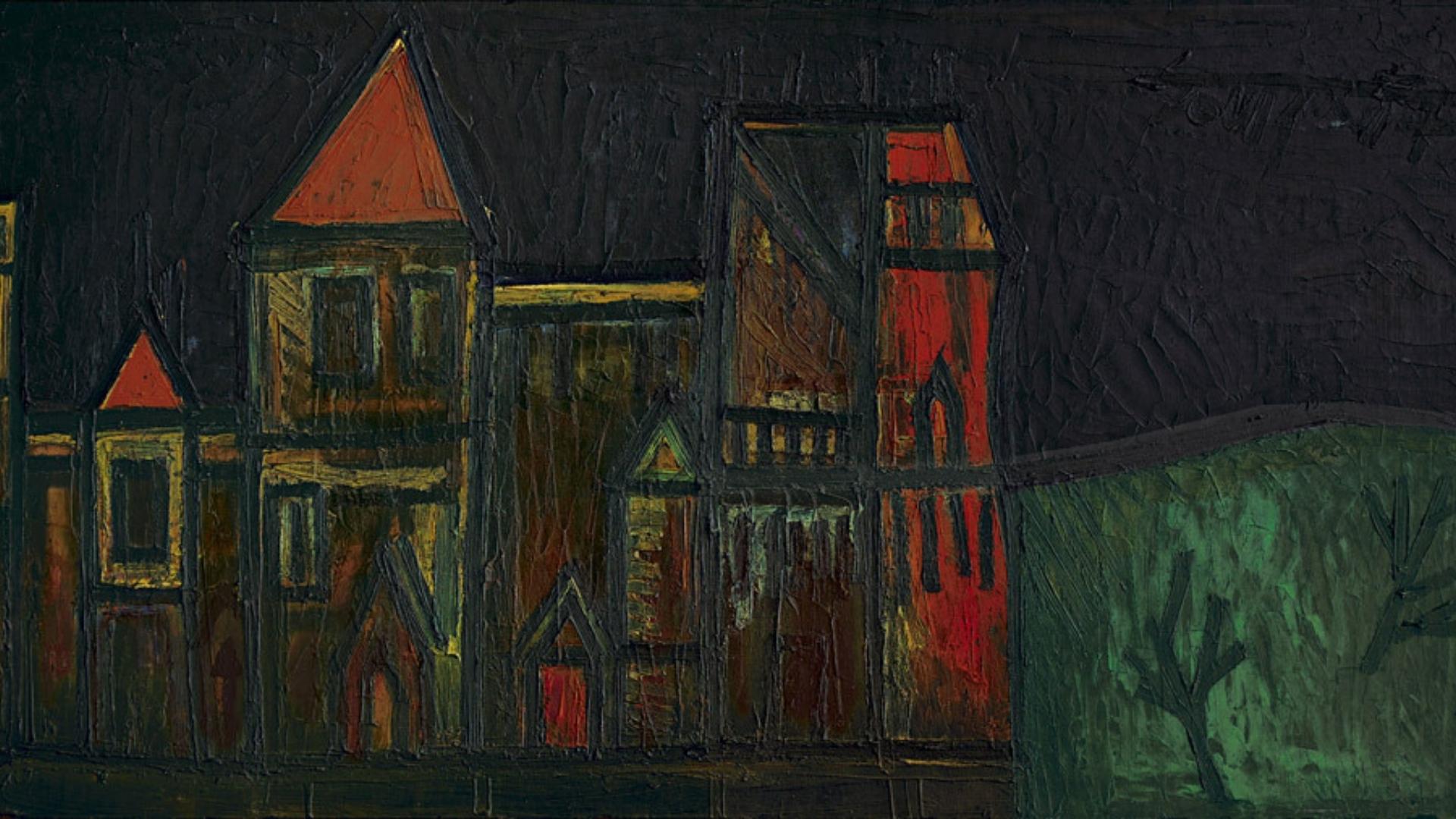
AKBAR PADAMSEE:
Born on April 12, 1928, Akbar Padamsee remained fiercely individualistic and experimental throughout his career spanning six decades. He graduated from the Sir J J School of Art before moving to Paris in 1951. A multifaceted artist, Padamsee worked in a range of mediums. He was greatly inspired by the teaching of Upanishad doctrines and successfully created artworks that resonated with the Vedic philosophy. After returning to India in 1959, Padamsee embarked on one of the most ambitious projects of his career. Eliminating colour from his work, he began to paint only in shades of grey on a massive scale.
In purging colour from his palette, the artist began to develop a painterly language that was distinctly his own. Since the 70s, his works alternated between human figures and luminous metascapes, which became his signature style. A formidable artist of his generation, Akbar Padamsee continues to be revered as a pioneer of Modern Indian Art.
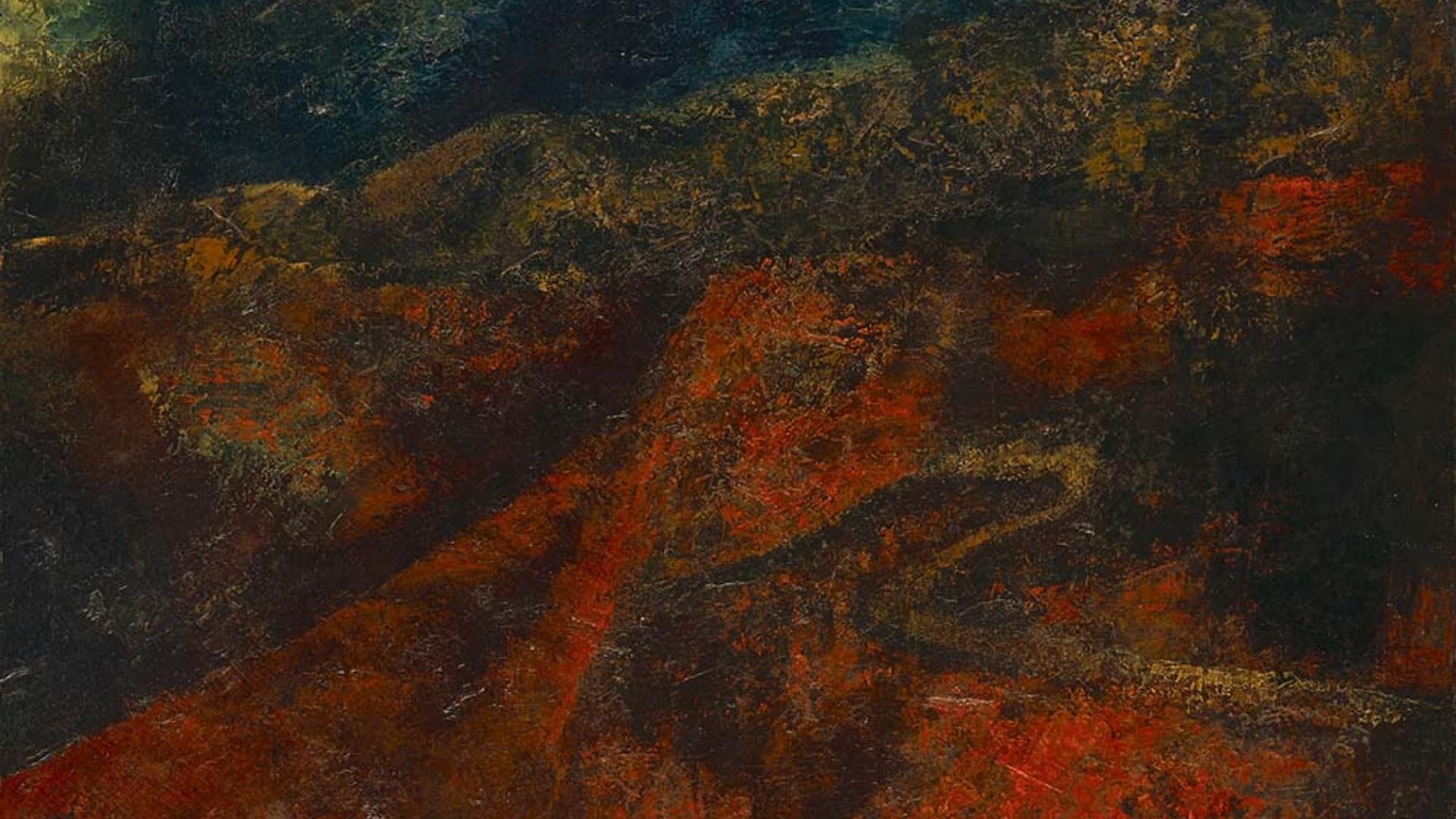
K H ARA:
Artist K H Ara was born on April 14, 1914, and came from a very humble background. A member of the famed Progressive Artists’ Group, he was influenced by the works of French artist, Paul Cezanne, and also drew inspiration from Walter Langhammer’s expressionist paintings. Ara started his career painting landscape and still-life works. He breathed life into this genre at a time when very few Indian artists were ready to undertake this particular form.
K H Ara is also recognised as the first contemporary Indian artist to focus on the female nude as a subject. Intimate, sensual, and poetic, Ara’s nude forms exhibit an aura of simplistic comfort that provides a glimpse into his raw aesthetic sensibility. Navigating through hardships and struggles, K H Ara turned his life around with a zealous dedication to his art that forever etched his name as an important figure in the history of Modern Indian Art.
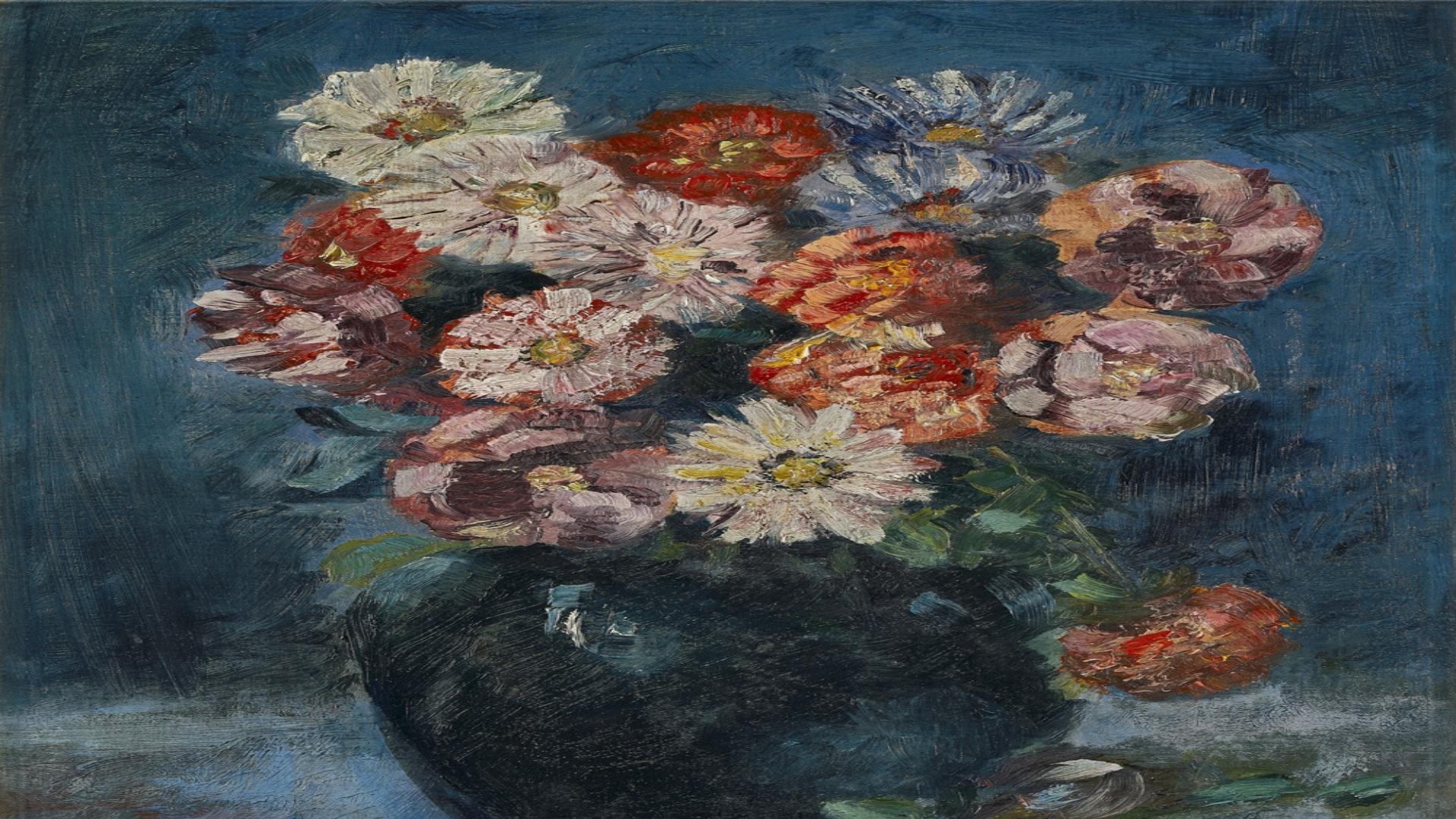
SOMNATH HORE:
Born in 1921 in a village called Barama in Chittagong, Somnath Hore’s tryst with art started at an early age when he started making posters for the Communist party. He was a student at the Government School of Art, Calcutta, where he trained under artist Zainul Abedin. During the 1970s Hore started doing bronze sculptures. Through his work, he expressed his feelings about major historical crises like famines and war. The devastating 1943 Bengal famine became one of the recurring themes in his work. Depicting suffering and contorted figures became Somnath Hore’s unique style.
